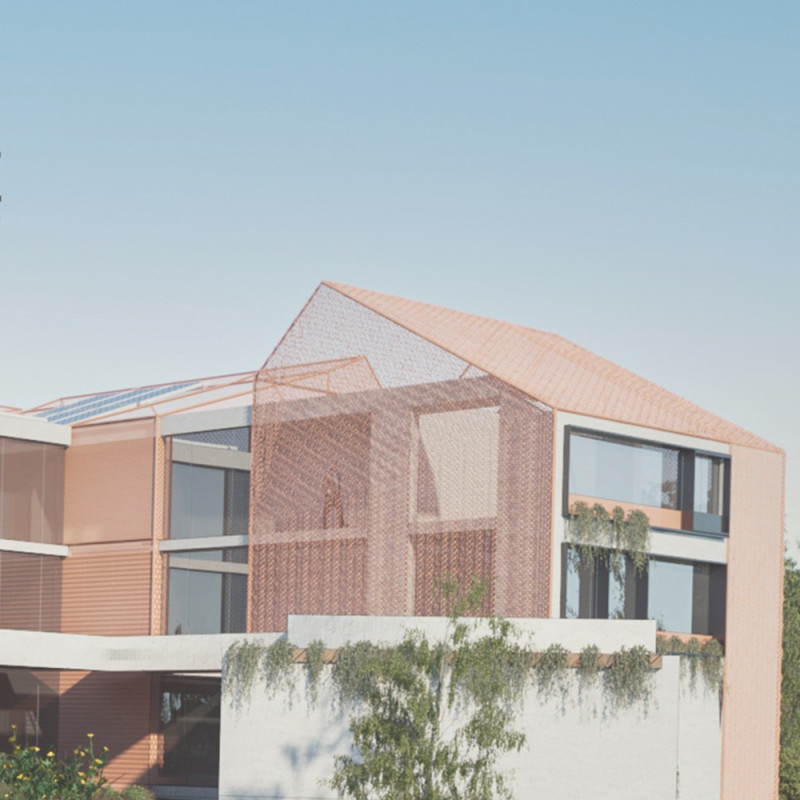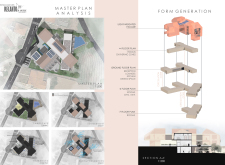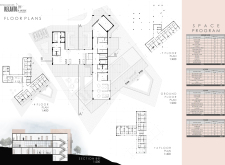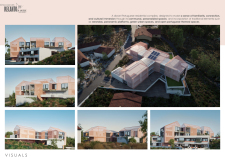5 key facts about this project
### Project Overview
Recanto da Amizade, located in Portugal, is a purpose-built facility designed to meet the needs of elderly residents while integrating local cultural elements. The intent behind the design is to create a comfortable and engaging environment that fosters social interaction and community ties, reflecting a commitment to both architectural innovation and social responsibility.
#### Spatial Organization and User Accessibility
The architectural layout features a well-defined master plan that prioritizes connectivity and ease of movement among different areas. Central gathering zones facilitate communal activities, with a spacious dining area serving as a focal point for socialization. The design includes private and semi-private residential zones situated on the 4th and 7th floors, ensuring residents can maintain a sense of privacy while having proximity to communal spaces. Outdoor areas and balconies provide additional opportunities for interaction with nature, enhancing the overall living experience.
#### Material Selection and Sustainability
The material palette is thoughtfully chosen to balance modernity with cultural resonance, incorporating durable concrete for structural integrity, warm wood finishes for inviting interiors, and traditional azulejos to celebrate local heritage. Large glass windows and lightweight facades are utilized to maximize natural light and foster a visual connection between indoor and outdoor environments. The project also integrates sustainable practices, including solar panels and native plant landscaping, which contribute to energy efficiency and biodiversity while minimizing maintenance needs.





















































